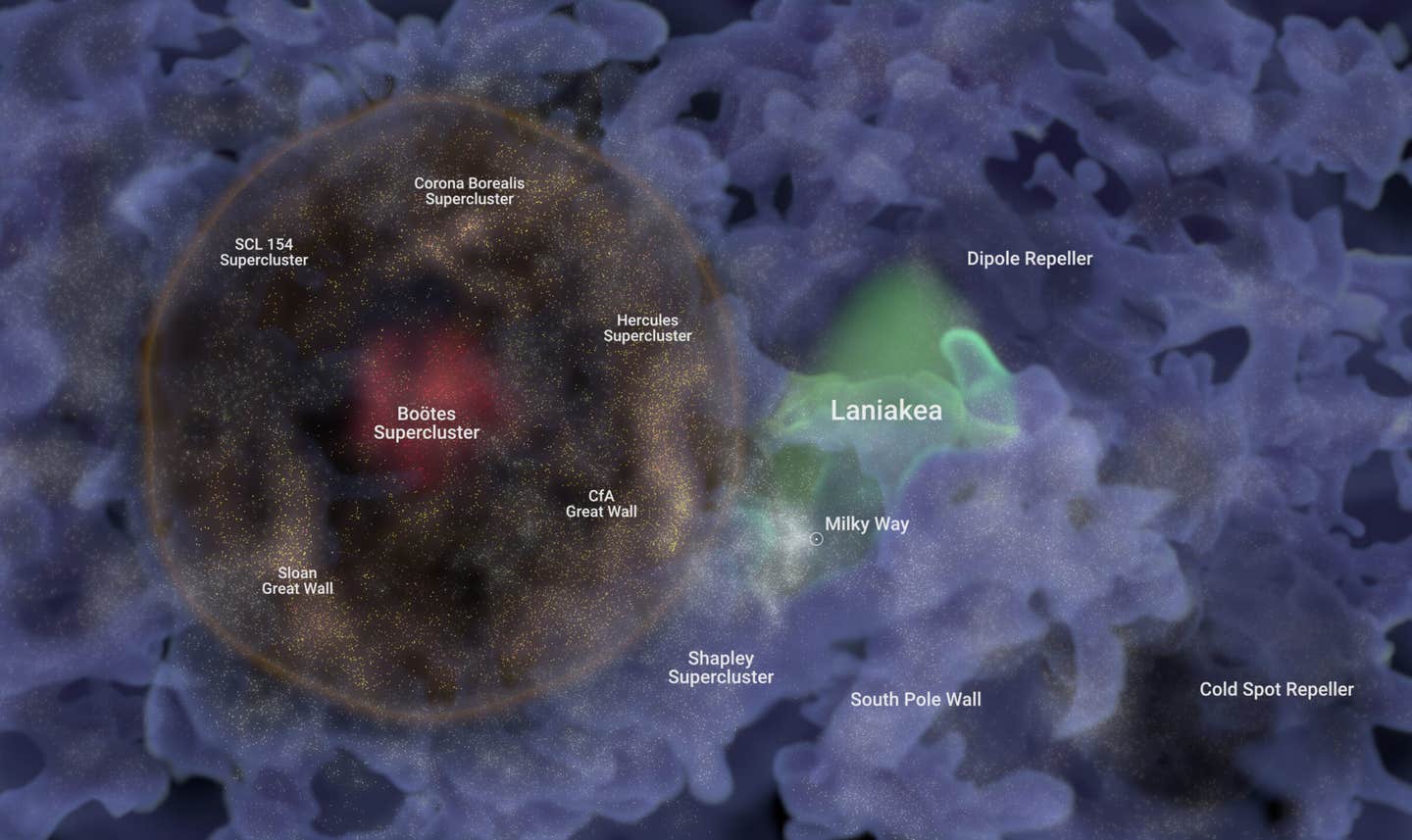Drinking a beer a day found to improve your health and longevity
Like wine, beer can have health benefits when consumed in moderation. Non-alcoholic beers have become popular recently but are they healthy?

[Nov 7, 2022: Katie Cottingham, American Chemical Society]
Men who drank either one alcoholic or non-alcoholic lager daily had a more diverse set of gut microbes. (CREDIT: Creative Commons)
Like wine, beer can have health benefits when consumed in moderation. Non-alcoholic beers have become wildly popular recently, but are these drinks also healthful? In a pilot study, researchers in ACS’ Journal of Agricultural and Food Chemistry report that compared to their pre-trial microbiome, men who drank either one alcoholic or non-alcoholic lager daily had a more diverse set of gut microbes, which can reduce the risk for some diseases.
Trillions of microorganisms line human gastrointestinal tracts, directly impacting their host’s well-being. Studies have shown that when more types of bacteria are present, people tend to have a lower chance of developing chronic diseases, such as heart disease and diabetes. And beer contains compounds, such as polyphenols, as well as microorganisms from its fermentation, that could impact the variety of microbes in the human gut.
A previously published “cross-over” study showed that when both men and women consumed non-alcoholic lager beer for 30 days, their gut microbiome diversity increased. Many of those same people were also in a second group that drank an alcoholic version of the beer, and it didn’t have the same effect.
Few other clinical trials have tested this issue, so Ana Faria and colleagues wanted to see if they would find similar results with men in a different type of study — a parallel, randomized trial design — with two separate groups of participants.
Related Stories:
In this double-blind study, 19 healthy men were randomly divided into two groups who drank 11 fluid ounces of either alcoholic or non-alcoholic lager with dinner for 4 weeks.
The researchers found that the participants’ weight, body mass index and serum markers for heart health and metabolism didn’t change during the study. But at the end of the 4-week period, both groups had greater bacterial diversity in their gut microbiome and higher levels of fecal alkaline phosphatase, indicating an improvement in intestinal health.
The researchers suggest that these results could differ from those of the prior study because of the different designs of the trials, and because the participants were living in different communities.
World consumption of beer by country. (CREDIT: Expensivity)
But based on this pilot study, the researchers say that consuming one bottle of beer, regardless of its alcohol content, may be beneficial to the gut microbiome and intestinal health of men. However, they add that because the safest level of alcohol consumption is none, non-alcoholic beer may be the more healthful choice.
Bottom line from a cardiologist:
If you don’t drink alcohol, you are not missing out, it’s not recommended that you start. Other negative effects of alcohol include risk of cancer, liver disease, pancreatitis, accidents, violence and suicide.
There are better ways to reduce your risk of heart disease, such as exercising, eating a balanced diet and quitting smoking. These all offer benefits without the added risks that alcohol carries. On the other hand, if you drink a small amount of alcohol occasionally, it’s not necessarily harmful. The key is moderation.
There are exceptions which is why it’s important to talk to your doctor about how much alcohol you’re drinking. There are people who need to abstain from alcohol because it can aggravate their condition. Mixing alcohol with certain medications can also lead to harmful side effects.
If you drink alcohol, limit yourself to no more than:
two drinks a day most days, to a weekly maximum of 10 for women.*
three drinks a day most days, to a weekly maximum of 15 for men.
“A drink” means
341 mL / 12 oz (1 bottle) of regular strength beer (5% alcohol).
142 mL / 5 oz wine (12% alcohol).
43 mL / 1 1/2 oz spirits (40% alcohol).
The authors acknowledge funding from the Programa Operacional Competitividade e Internacionalização – COMPETE2020, Fundação para a Ciência e a Tecnologia (FCT), the Center for Health and Technology and Services Research (CINTESIS) and the Comprehensive Health Research Center (CHRC).
Note: Materials provided above by American Chemical Society. Content may be edited for style and length.
Like these kind of feel good stories? Get the Brighter Side of News' newsletter.
Joseph Shavit
Head Science News Writer | Communicating Innovation & Discovery
Based in Los Angeles, Joseph Shavit is an accomplished science journalist, head science news writer and co-founder at The Brighter Side of News, where he translates cutting-edge discoveries into compelling stories for a broad audience. With a strong background spanning science, business, product management, media leadership, and entrepreneurship, Joseph brings a unique perspective to science communication. His expertise allows him to uncover the intersection of technological advancements and market potential, shedding light on how groundbreaking research evolves into transformative products and industries.



